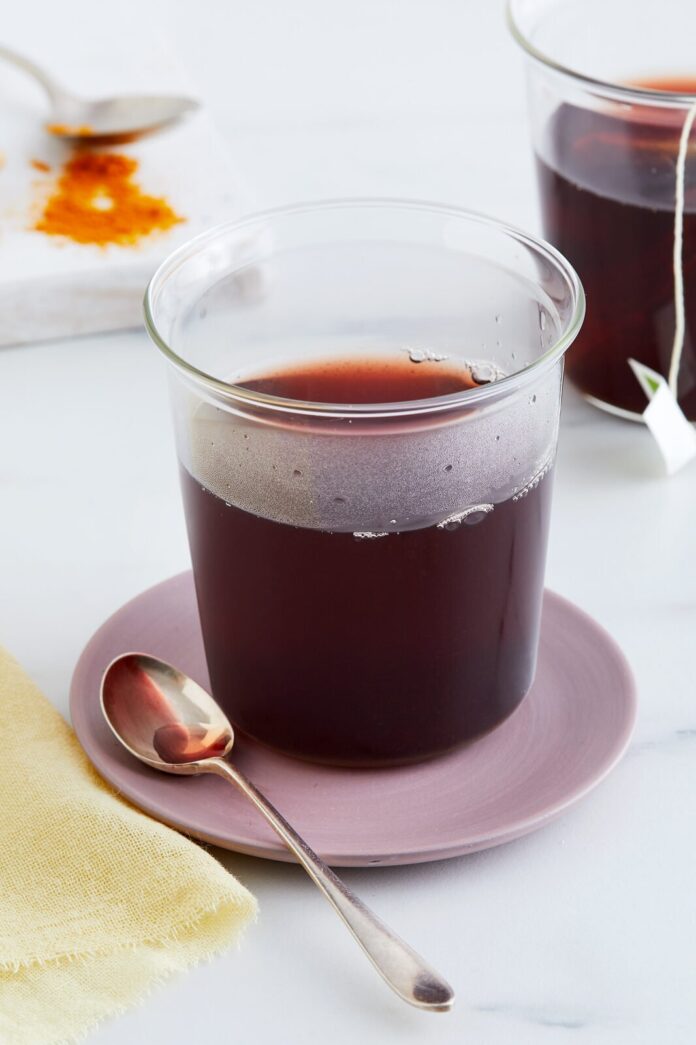Ease pain and reduce inflammation—one delicious bite at a time!
If you’re looking for a quick reset, this 3-Day Anti-Inflammatory Meal Plan is the perfect place to start. It’s rooted in the Mediterranean way of eating, but takes things up a notch. Every recipe and ingredient has been carefully chosen to help dial down inflammation and maximize results in just three days. Think nutrient-rich foods and beverages —all working together to calm inflammation and support healthy joints!
Each day features delicious and easy-to-make meals designed to ease pain and help you feel better in your body. Use it as a quick 3-day reboot—or repeat and remix as often as you’d like by swapping in your favorite anti-inflammatory recipes.
Top foods to include on an Anti-Inflammatory Diet
Load up on these science-backed foods that tame inflammation and keep you running on all cylinders:
- Leafy greens and cruciferous veggies: Think spinach, kale, broccoli, cabbage, cauliflower, and Brussels sprouts. They’re rich in fiber, vitamins, and phytochemicals that protect cells and joints.
- Colorful berries and other fruits: Blueberries, blackberries, raspberries, cherries, oranges, and other vibrantly hued fruits are packed with antioxidants that help neutralize inflammation-causing free radicals.
- Healthy fats: Avocado, olive oil, fatty fish (like salmon, sardines, and trout), and nuts and seeds (especially walnuts, chia, and flax) provide omega-3s that soothe inflammation.
- Legumes & whole grains: Lentils, beans, oats, and quinoa deliver steady energy and plenty of fiber to support microbiome diversity and overall gut health.
- More antioxidant-rich veggies: Beets, carrots, bell peppers, sweet potatoes, and onions offer antioxidants and natural compounds shown to reduce inflammatory markers.
- Healing spices and seasonings: Turmeric, ginger, and garlic provide anti-inflammatory properties and can be added to a variety of dishes, including soups, stews, and stir-fries.
- Black & green tea: These teas contain polyphenols that can help mellow inflammation.
- Dark chocolate: The flavonoids in dark chocolate can satisfy your sweet tooth and lower inflammation.
About this 3-Day Anti-Inflammatory Meal Plan
This plan provides approximately 1,600 calories per day, offering folks seeking weight loss a reference point for portion size. Note that the plan includes three meals and two snacks per day, as well as unlimited non-starchy vegetables. You can tailor it to suit your personal weight management and wellness goals by adjusting portions up or down as needed.
3 Daily Guidelines:
- Sip on my Ginger-Turmeric Cherry Tea— 1 cup daily. Read the recipe notes on how to make a big batch ahead of time so it’s ready to go!
- Hydrate. Aim for at least 8 cups of water per day to keep your joints lubricated and energy flowing.
- Find simple ways to destress. Chronic stress can spike inflammation, so carve out small pockets of calm—listen to music, meditate, journal, or simply pause for a few deep breaths.

Snack options:
- Cucumber rounds or bell pepper sticks with ¼ cup hummus (try my Edamame Hummus)
- ¼ cup almonds (or another nut of choice)
More recipe options to mix into your menu!
Breakfast:
Lunch:
Dinner:
Chili alternatives:
Sweet treats:
Other snacks:
Common Questions I‘m Asked
What foods should I limit?
To keep inflammation in check, try to minimize processed foods, white carbs, sugary drinks, refined oils, saturated fats, and trans fats.
What about gluten and dairy?
This is a tricky question to answer. Some people react, some people don’t. If you suspect you’re sensitive, pay close attention to how your body reacts after having a dose of the food in question. There’s no need to automatically cut out gluten or dairy unless you notice a direct correlation to feeling discomfort after consuming it. For most people, these foods can fit well within an anti-inflammatory diet. Of course, if you have Celiac, a dairy allergy, or other medical conditions that preclude you from eating these foods, absolutely avoid them.
How about nightshade veggies?
This one’s case by case, too. Nightshades, like tomatoes, bell peppers, eggplant, and white potatoes, are rich in antioxidants and nutrients that generally help reduce inflammation. However, a small subset of people (especially those with autoimmune conditions like rheumatoid arthritis) may notice that these foods worsen joint pain or stiffness. If that sounds familiar, try taking a short break from them for a few weeks, then reintroduce one at a time to see how your body reacts. If you notice any discomfort, it’s best to keep them off the menu.


